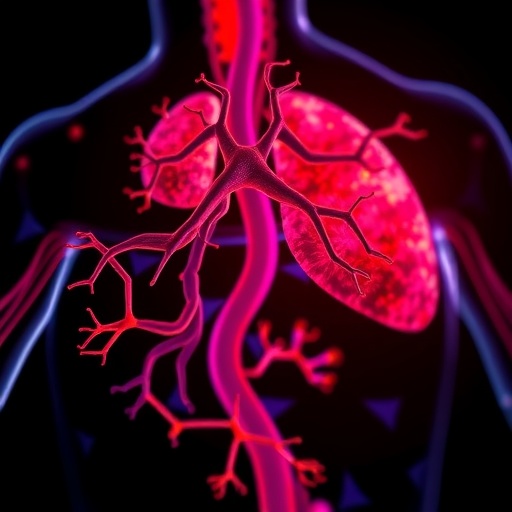A group of ITMO University researchers found out that bacterial world of Moscow subway system might be similar to that of New York

Credit: Svetlana Tikhonova
Recently, a group of ITMO University researchers has looked into the microbiome of the Moscow Subway. Turns out that bacterial world of the Russian capital’s subway system might be similar to that of New York’s public transportation.
Over the course of our lives, we are constantly surrounded by bacteria – apart from those of our own, we encounter them in the air, soil, water and even in our homes. Some of these external microorganisms can be harmful to humans, while others play a vital role in regulating our immune system. With urbanization taking over the world, the situation is changing: people are still surrounded by bacteria, but their diversity is now decreased and we are exposed to them to a lower extent. Several years ago, an international group of researchers set out to explore the microbiome of subways, the vital transportation systems of modern cities. New York was first to have its subway microbiome investigated.
“The researchers analyzed the floors, handrails and carriages, and found a curiously varying microbiome,” explains Alexander Tyakht, a PhD in biology, the chief technology officer at Knomics (Atlas R&D), and staff member of ITMO University’s Computer Technologies Lab. “An international consortium was later established to study the subway microbiomes all over the world. This project aims to catalogize the diversity and patterns in their microbial ecology, thus creating a base for a more focused analysis of microorganisms inhabiting public spaces.”
Traditionally, to study the microbiome of a certain surface you would need to cultivate samples from it. To put it simply, you have to take a swab sample from the floor, the wall or the handrail and streak a Petri dish with the swab. There, the microbes reproduce, which makes them easier to examine. This method, however, has a significant drawback: without prior knowledge of what kind of bacteria were collected it is difficult to choose a suitable medium for them to flourish, moreover, many microorganisms are practically uncultivable. High-throughput DNA sequencing is the method of choice for comprehensive microbiome profiling. This method, initially used in the New York subway system, was later used in other cities within the framework of the project, including Moscow.
After comparing their results with those obtained by the US researchers, the Russian group discovered that the most common types of bacteria in the subway systems of Moscow and New York are identical.
“Most of the Dietzia, Brevundimonas, Pseudomonas, Arsenicicoccus, Stenotrophomonas and Brevundimonas – highly abundant in the Moscow Subway – have also been detected during the previous New York project,” says Natalya Klimenko, a bioinformatician at Knomics (Atlas R&D). “Apparently, the subway microbial community structures manifest similar patterns across the globe.”
One other interesting outcome was the identified link between the microbiome diversity and the passenger traffic across the stations. At the same time, the highest diversity was found in places with abundant soil bacteria, while the prevalence of the skin microbiome corresponded to lower diversity. This pattern resonates with the fact that in nature soil microbiome is richer than that of our bodies.
Noteworthy, the researchers found no significant evidence of pathogenic bacteria: no DNA sequences were reliably detected for any of the ten pathogens that could be robustly detected given the applied method. Nevertheless, the researchers emphasize that this finding doesn’t mean you can now stop washing your hands after a subway journey: only a handful of samples have been analyzed, and the analytical method cannot detect all known pathogenic bacteria, viruses, fungi or protozoa.
Although this study of the Moscow Subway was only a pilot project, it has already demonstrated that DNA sequencing can be successfully used to map the microbiome of public spaces. A further advanced survey of every station and every type of surface would benefit from a richer repertoire of microbiological methods and collaboration with public health, hygiene and biosurveillance experts.
Recently, a group of ITMO University researchers has looked into the microbiome of the Moscow Subway. Turns out that bacterial world of the Russian capital’s subway system might be similar to that of New York’s public transportation.
###
Media Contact
Alena Gupaisova
[email protected]
7-909-160-5018
Related Journal Article
http://dx.






